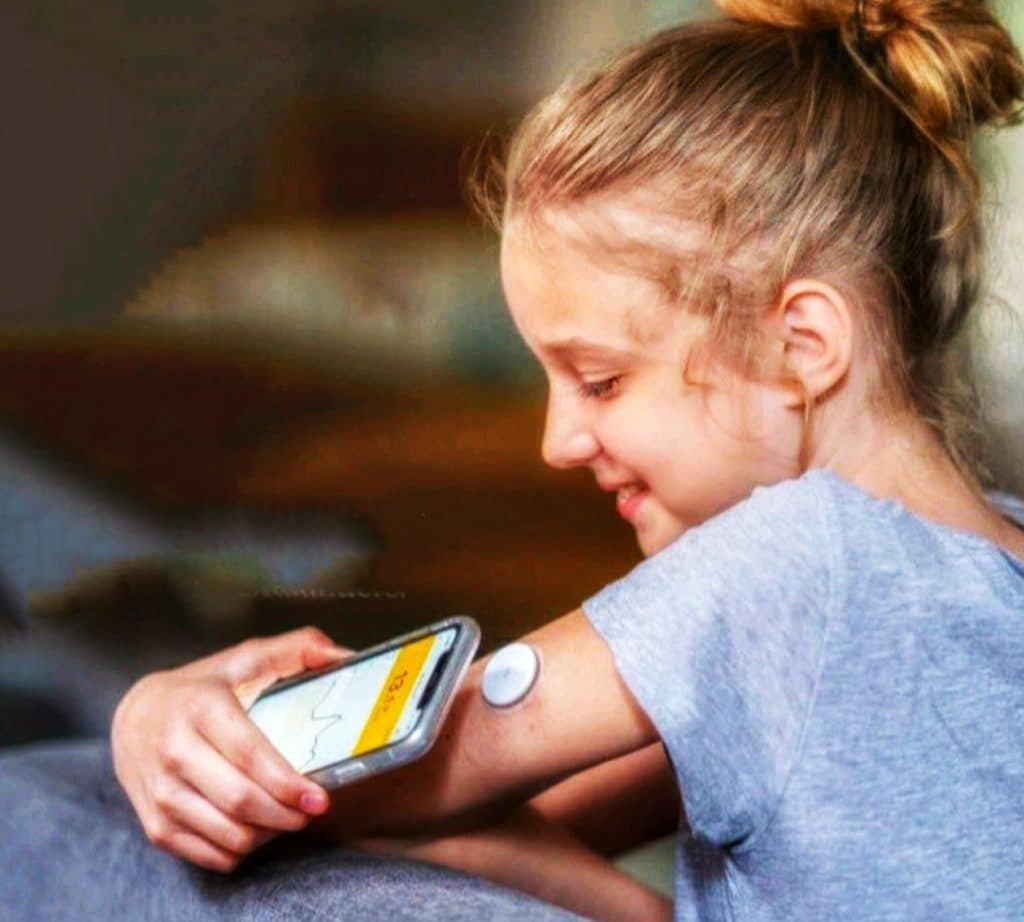Glucose Monitoring Devices is Easier For Kids With Type 1 Diabetes
Recent investigations have shed light on the potential of continuous glucose monitors (CGMs) not only in managing glucose levels but also in significantly alleviating the challenges faced by both parents and young children dealing with Type 1 diabetes (T1D).
This technology, highlighted in a recent study published in the journal Primary Care Diabetes, stands out as a pivotal support for families navigating the complexities of T1D care.
Research Highlights
The exploration of modern diabetes technologies, especially the impact of continuous glucose monitors (CGMs), has emerged as a beacon of hope in easing the multifaceted care responsibilities faced by families with younger children affected by Type 1 diabetes (T1D).
Read Guide about Wegovy Dosage Guide: The Best Way For Weight Loss
Contextualizing the Impact
The landscape of Type 1 diabetes showcases a concerning rise, presently impacting 9.5 per 10,000 individuals. Its notable prevalence among children, particularly those under the age of 6, has signaled a pressing need for more effective management strategies.
The intricacies of maintaining glycemic control in this demographic are undeniably challenging. However, the advent of technologies facilitating continuous monitoring offers a promising avenue to alleviate the physical, emotional, and logistical strains faced by parents and caregivers.
Tip: Please fill out the form if you or a friend would like more information on glucose monitoring devices.
Unpacking the Study
In a comprehensive multi-center retrospective study conducted across 13 hospitals within the ADIM network in France, researchers delved into the intricate impact of glucose monitoring devices on the daily lives of young children grappling with T1D and their respective caregivers.
The study cohort comprised 114 families with children under 6 years of age, undergoing insulin pump treatment, and receiving care from the ADIM network between January and July 2020.
The study carefully excluded patients with other diabetes types, those diagnosed with T1D less than 2 months prior, or those undergoing insulin pen treatment.
Must Read CGMs in noncritical care hospitals optimizes glycemic control
Key Findings
The investigation yielded significant insights. Among the most notable findings, 81% of parents reported experiencing improved sleep quality due to the utilization of glucose monitoring devices.
This enhancement in sleep quality was particularly pronounced among parents of children using continuous glucose monitors as opposed to those utilizing flash glucose monitoring devices.
Notably, a stark difference emerged: 53% of parents whose children used flash glucose monitoring woke up nightly to monitor glucose levels, contrasting with only 23% among parents whose children utilized continuous glucose monitors.
Beyond Sleep: School Integration
Going beyond the realms of sleep, the study unearthed an overwhelmingly positive perception regarding the influence of glucose monitoring devices technology on their children’s integration into school life.
An astonishing 98% of parents believed that these technological advancements could significantly enhance their children’s integration into educational environments.
Intriguingly, the study noted no discernible difference in perceived improvements concerning this matter between flash glucose monitors and glucose monitoring devices.
Also, read about Glycemia Risk Index vs. Time in Range
Study Caveats
Despite these promising outcomes, it is vital to acknowledge the study’s limitations. During the tumultuous period of the COVID-19 pandemic, the altered family habits and dynamics during this period might have influenced the study’s findings.
Additionally, the reliance on a localized questionnaire renders the study semi-qualitative in nature, suggesting a need for broader, more comprehensive research endeavors.
Conclusion: A Crucial Impact
The authors of the study emphasize the profound impact of Type 1 diabetes on daily routines and family dynamics, particularly for parents of young children lacking autonomy.
The investigation effectively highlights the transformative role that glucose monitoring devices plays in reshaping daily life while effectively managing the intricate demands of diabetes care in the context of young children.


